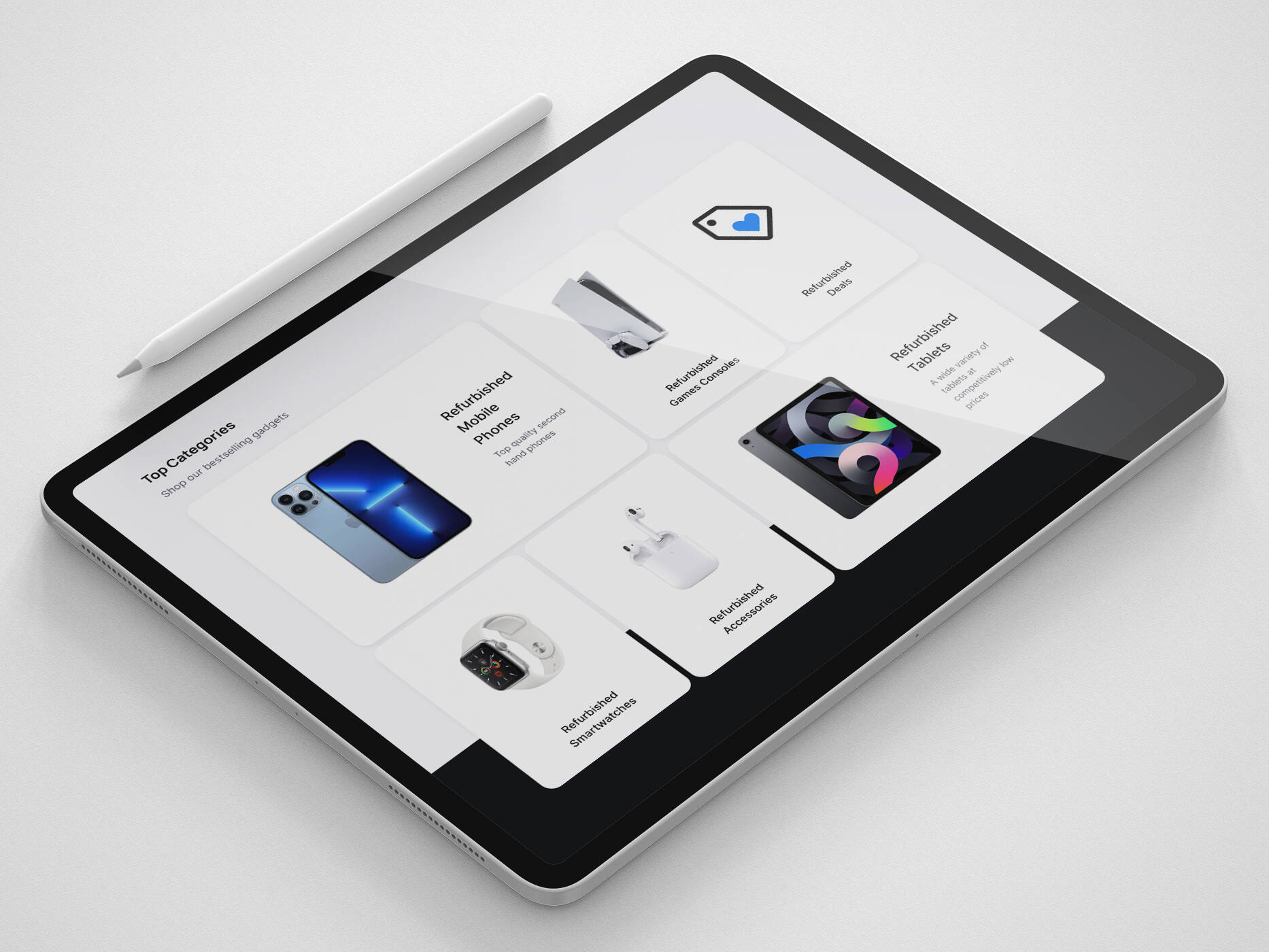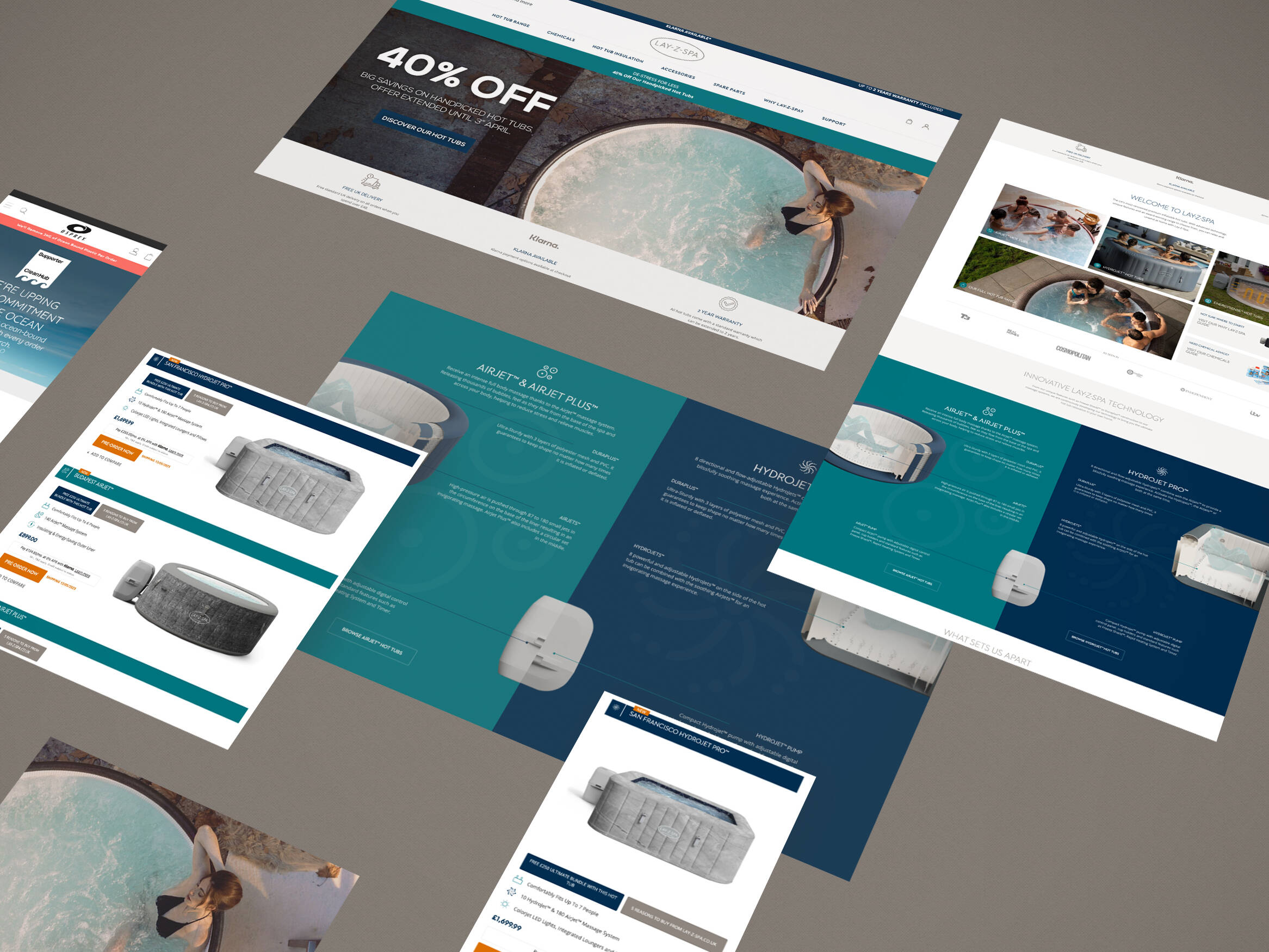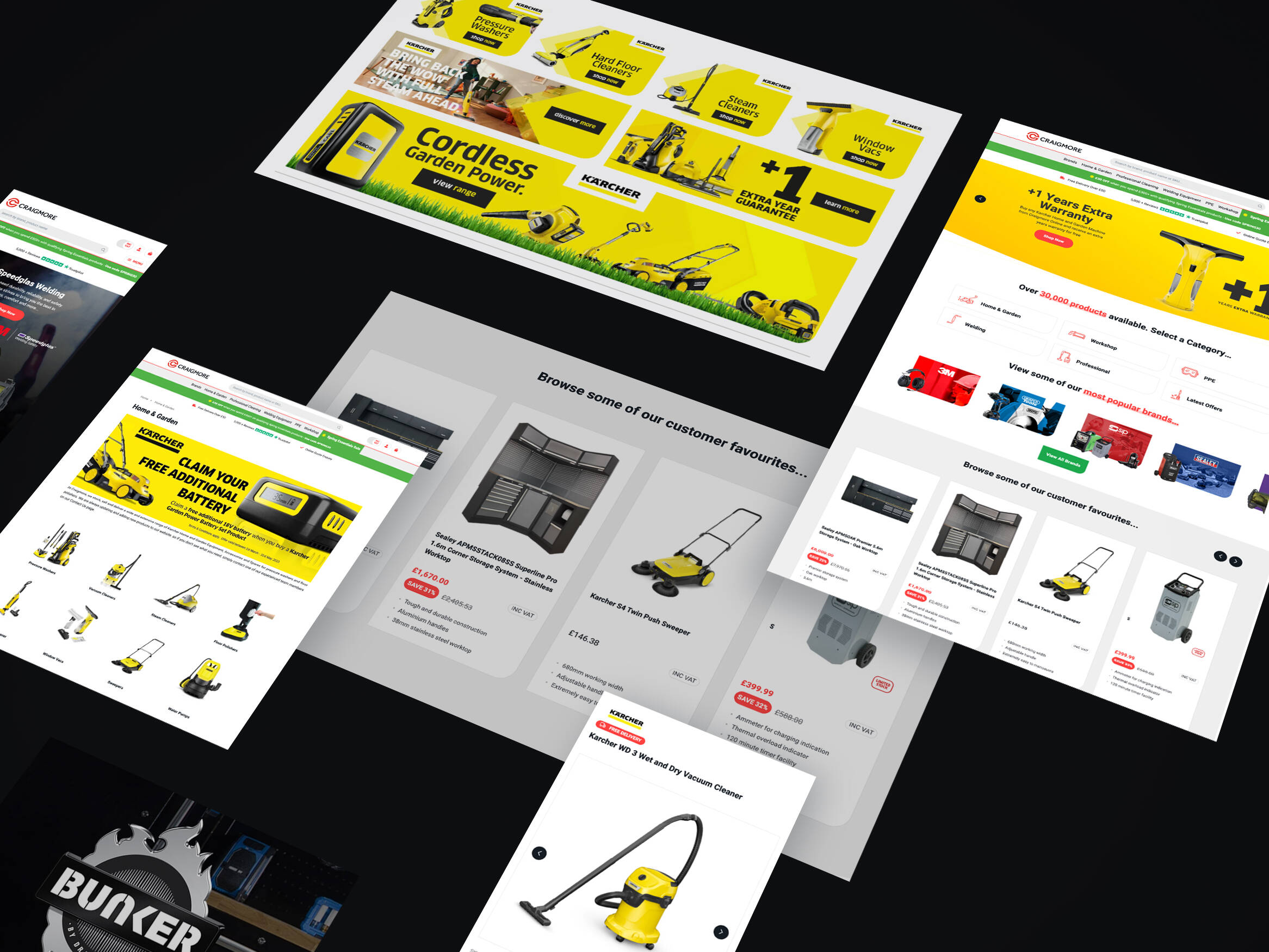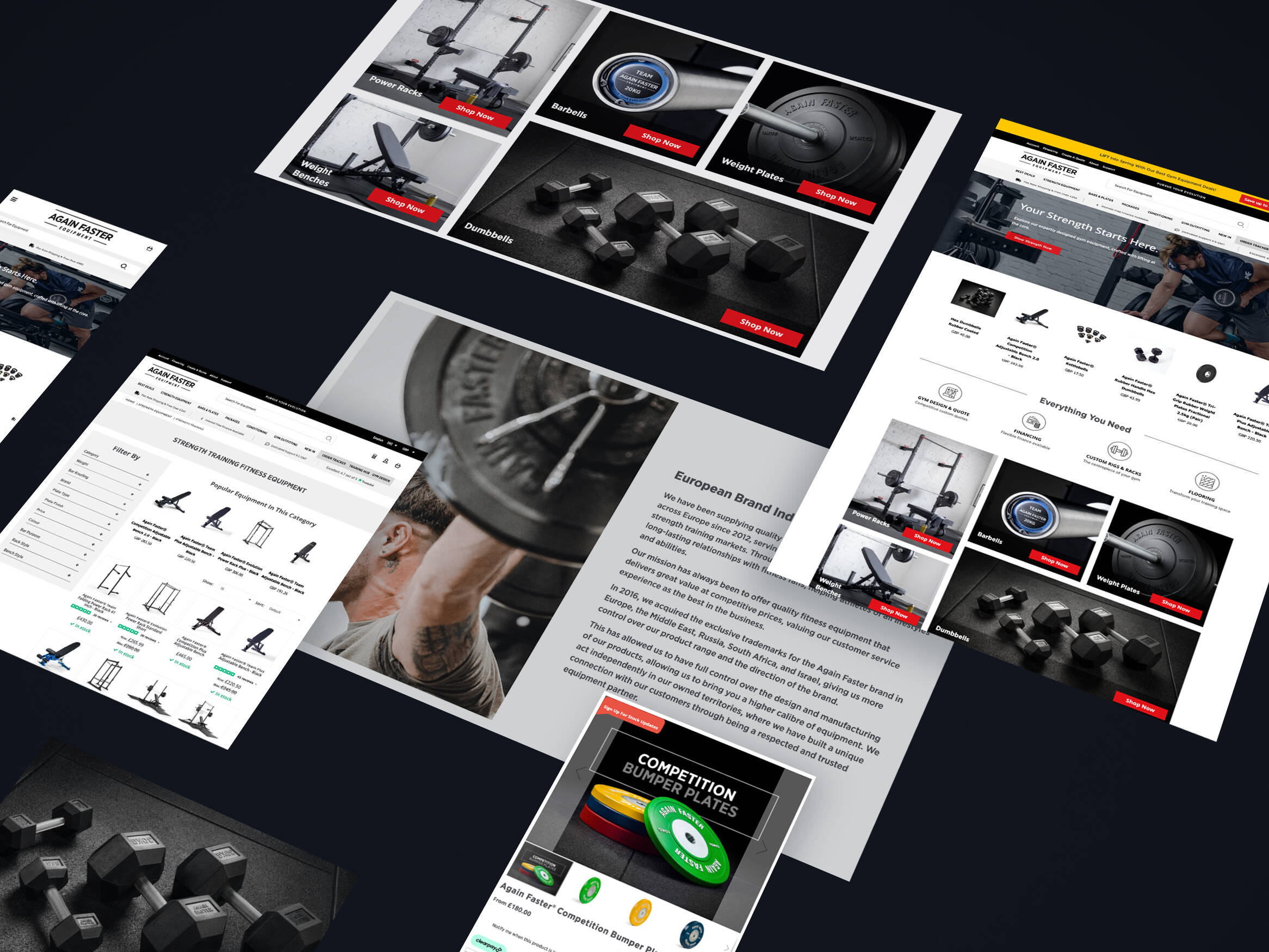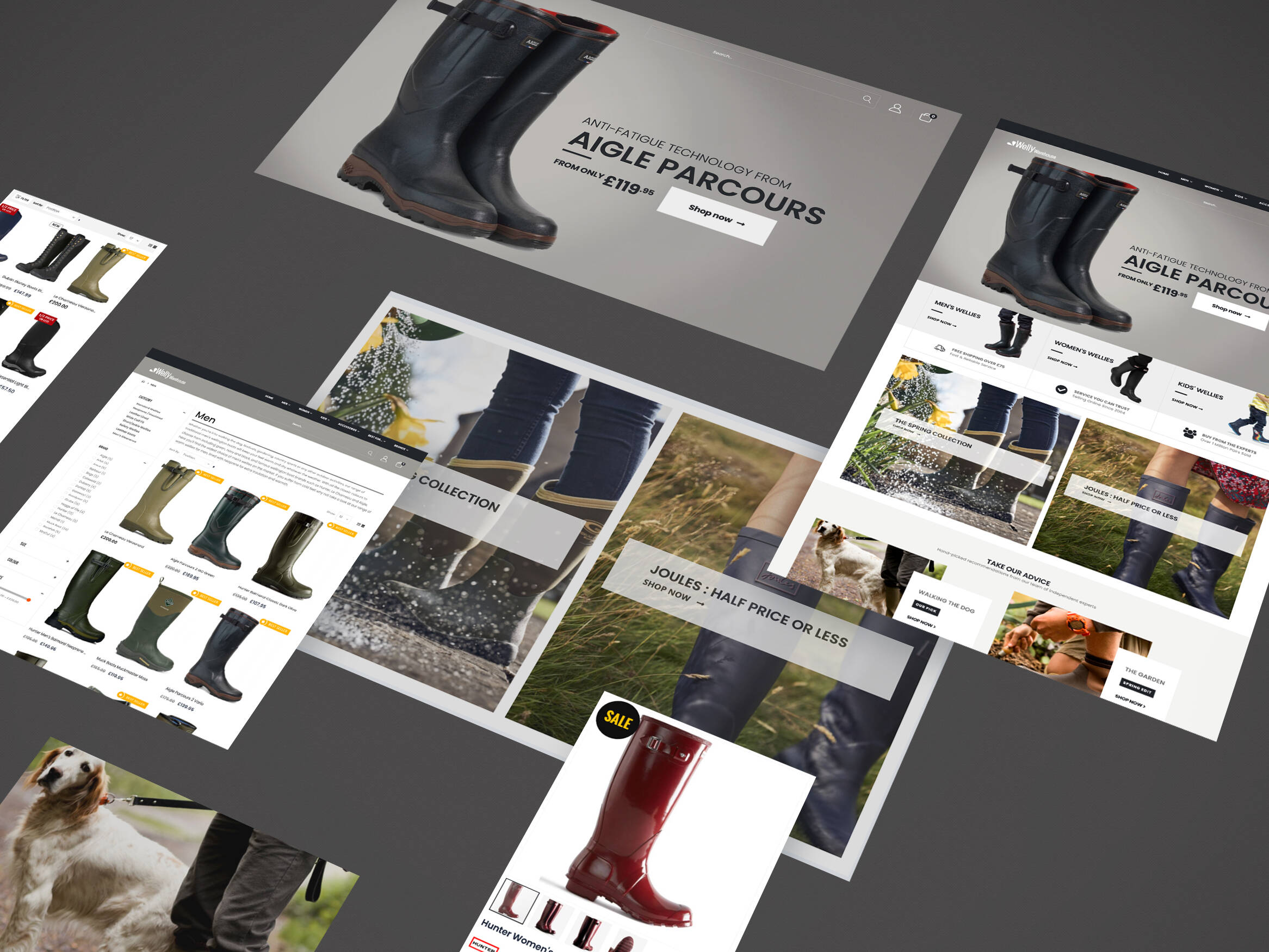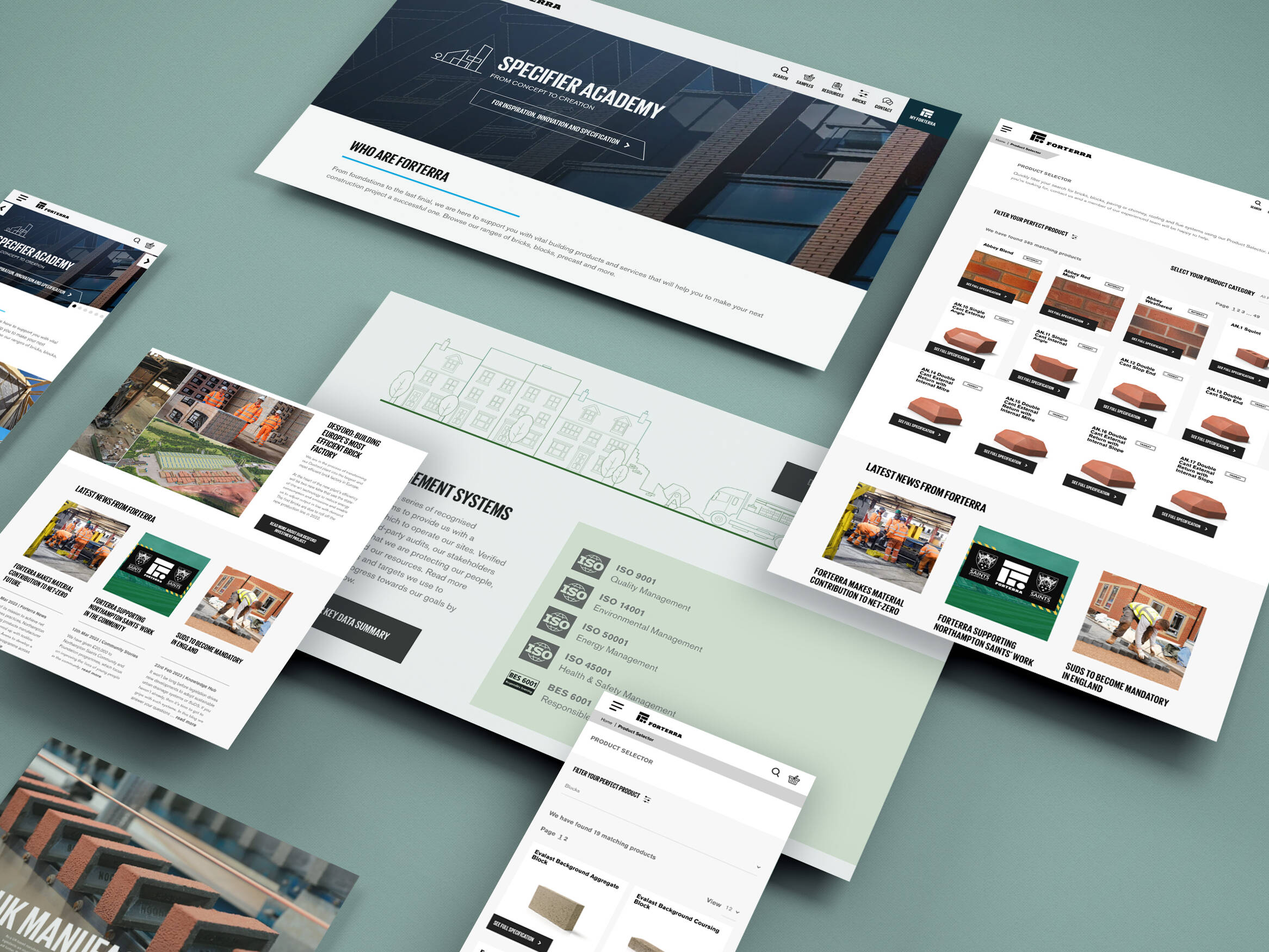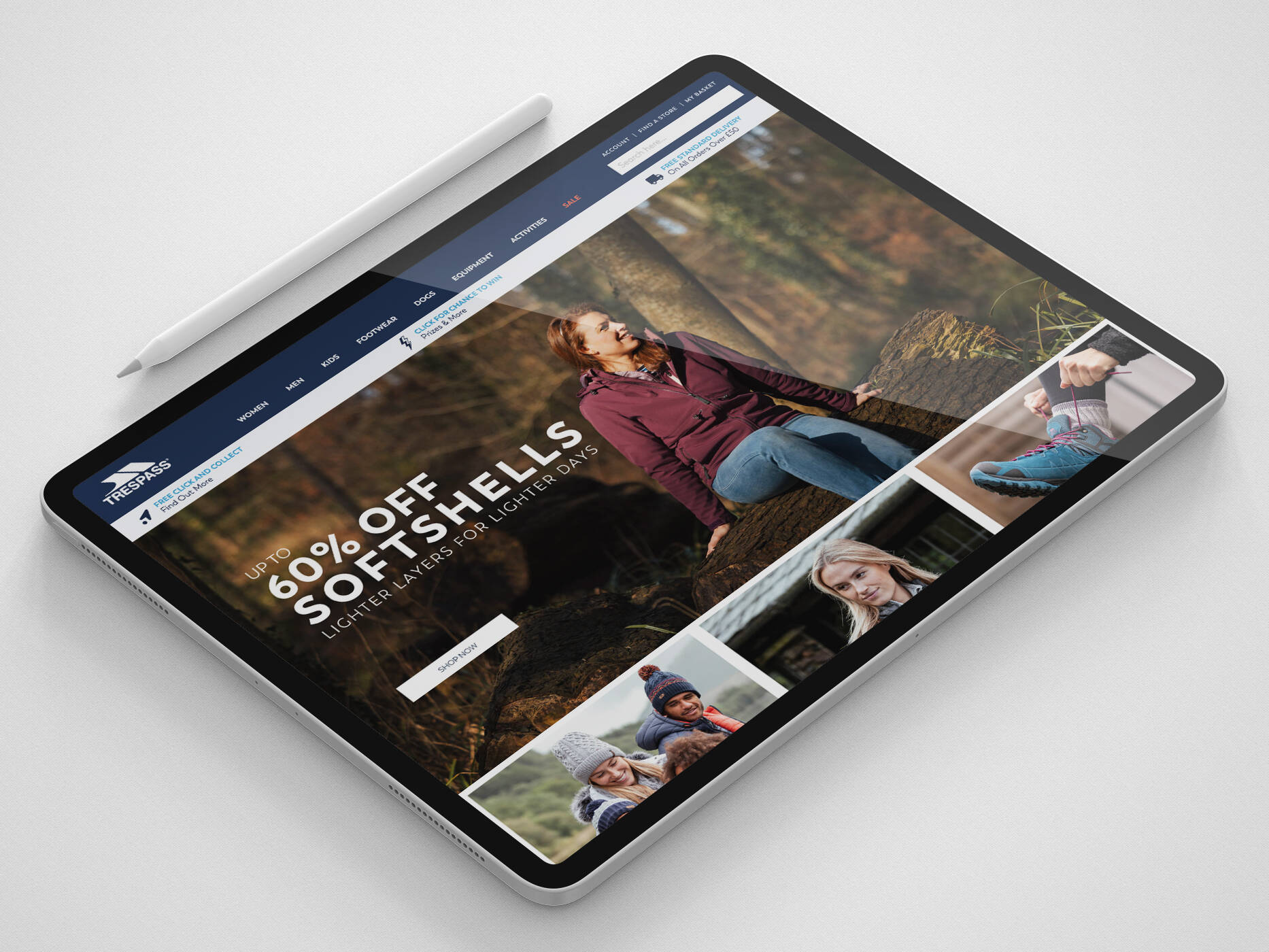Artificial intelligence and augmented reality technologies have quickly moved to the forefront of conversation for retail businesses over the past few months. To explore in more detail, we’re bringing you this guest post from Jen Collins, a business analyst at The Filter with extensive experience of both AI and the retail sector.
We’ve seen new technologies emerge and be applied to online and offline shopping environments in a variety of ways; personalised recommendations in eCommerce based on customer shopping history and online behaviour; chatbots to assist shoppers through recommendations and purchasing assistance; and responsive, virtual experiences within brick and mortar stores.
What AI hopes to achieve is to close the gap between the individual experience that shoppers can expect from the personal service provided by a sales assistant in a physical retail store, with the autonomous and unguided shopping experience of an individual using an eCommerce site. There has been continued dissonance between the behaviours of shoppers in the online and physical spaces, and what AI can achieve in online retail is a far more controlled, targeted and timely approach to product sales. Ultimately, the goal with AI in eCommerce is to increase the nature of customer interaction to the level of the human shop assistant in a store, who can adjust to your preferences, wants or needs and is on-hand immediately at any stage of your shop.
Our client Liberty of London has seen real success from our introduction of the “My Edit” product finder within the online account area. Through our machine learning platform, we surface a highly personalised “My Edit” section to each user when they are logged in, giving them a selection of products based on their previous purchase and browsing behaviour. This only drives up engagement with products and lifts basket value and ultimately customer lifetime value.

AI will provide retailers with the opportunity to adapt website layouts to each customer, changing content and products to adapt to each shopper, with purchase-journey tuned recommended products that fit within each stage of their buying session whilst using eCommerce retail sites. On top of this, chatbots will assist with fit and stock availability.
Potential scenarios where this could become a reality for retailers could be, for example, shopping online for an item of clothing, which would then be recognised by integrated personalisation technologies, which then would instigate a chatbot window or pop-up to help you find exactly the correct fit or size you’re looking for.
A great example of a brand doing AI pretty well with chatbots already is Burberry. Launched for London Fashion Week it shared content around the new collection as well as being available for live customer service.

In a physical store perhaps, a customer could use their phone to check whether a denim jacket or pair of shoes in their size was still in stock — as opposed to speaking with a human retail sales assistant. An intelligent chatbot or digital assistant could make the in-store experience not only more efficient but possibly provide more in-depth answers than a human with limited training. As a result, AI has the potential to reduce the need for human shop assistants, reducing overall labour costs for retailers.
A further scenario that could become a reality in retail brick and mortar environments could be the use of virtual environments which are activated once visiting a store. Potentially this could be through a situation where a customer visits a clothing store, picks an item that would suit a friend and virtually tries it on in a mirror, which could then be shared instantly using their smartphone. This could then be recognised in store and using their digital profile and help to find better recommended products using AI technology. Other scenarios include shareable, virtual environments, for example, photo filters and virtual backdrops. These could be activated once inside stores and triggered by location or Wi-Fi networks on a customer’s smartphone, to create an engaging and shareable shopping experience.
One of the most impressive examples of Augmented Reality in action within eCommerce that we’ve seen are the software providers Modiface, who serve the beauty industry. It effectively allows you to try make-up on, virtually. Pretty impressive!

It’s unlikely that this technology will completely replace the human element as, in the business of retail, customer service is key to success, particularly in an age where feedback is available publicly on social media. As tempting as it may seem for companies to revert to chatbots for customer feedback and complaints, this should probably be discouraged. If ever a situation arises where customers may wish to make a complaint, perhaps referring interactions like this to a chatbot may be less preferential, given the slightly robotic nature of the interaction and the considerate and sympathetic human responses necessary to divert an angry customer.
Ultimately, the goal here is to increase customer interaction to the point where each individual interaction can become as personalised as the shop assistant that greets you with a warm hello, recognises you by name and knows your size or favourite coffee order. It’s not solely about an omni-channel strategy, but about delivering the best customer experience using a variety of different methods; AI is a highly effective method that brands can use to achieve this through incredibly targeted and finely tailored product recommendations and considerate communications.
The Filter are an industry leading provider of machine learning and CX solutions for eCommerce and the retail sector; specialising in shoppable content, journey optimisation and personalised recommendations.
Get in touch
We know commerce, let us help you improve customer experience, increase conversion rates, and make that digital change.
- hello@iweb.co.uk
